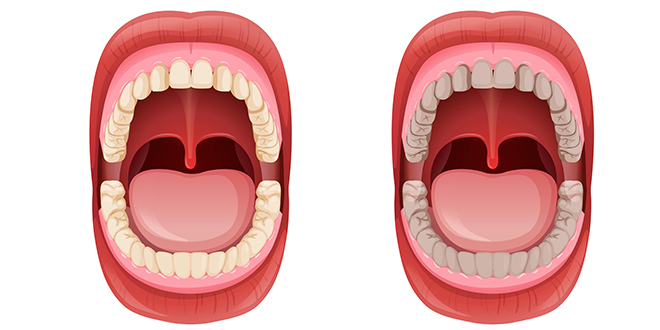By Dr Guillermo Chacon
How to perform Self-Examination for Oral Cancer ?
Despite being the most deadly diseases, Oral Cancer is one of the most common types of cancer, According to American Cancer Society more than 48,000 US citizens have been diagnosed with oral cancer out of which only 50% have been estimated to be alive for the next five more years,You will be shocked to know the major reason behind this startling statistics! Can you believe that it is mainly due to the delay caused in diagnosis whereas treatment mostly fails at the advanced stages of Oral Cancer? Early detection of Oral Cancer increases the chances for successful treatment and survival. Meanwhile it has to be panerai replica watches observed that oral cancer is usually painless and therefore can easily go unnoticed.
Tobacco,the major risk factor is the leading preventable cause of Oral Cancer. Two of the biggest risk factors for oral cancer are consumption of alcohol and use of tobacco. An estimated 80% of people with oral cancers use tobacco in the form of cigarettes, chewing tobacco or snuff. About 70% of people diagnosed with oral cancer are heavy drinkers. In addition, about 70% of people diagnosed with oral cancer are heavy drinkers. Oral cancer is twice as common in men as in women, owing to the consumption of liquor. Oral cancer typically develops in older people over the age of 40. Early detection is particularly relevant to the treatment of oral cancer. Do not rely on your dental professional to alert you on potential issues with your oral health. Most of the people visit the dentists typically at most twice a year depending on dental problems regular self-examinations are vital to detect early signs of oral cancer, when it is more likely to be treated successfully. Along with checking for common types of cancer like breast, testicular, or skin cancer, we highly recommend making oral cancer self-examination as a part of your daily oral hygiene regimen.
Our team at the Oral & Facial Surgery Center of Puyallup have compiled three simple tips to self-examine oral cancer at home.
Check the floor of your mouth and tongue
The most common areas for oral cancer in the mouth are the floor of the mouth and the tongue. We recommend standing directly in front of a mirror in an area with good lighting to ensure the most accurate examination. Check for any apparent changes in the oral tissues such as white or red spots or sores that do not go away after a week. Be sure to examine the surface of the tongue for any unusual lumps or bumps, along with the area underneath. You should also be aware of any dark blotches or changes in color on your tongue as well.
Inspect the cheeks and lips
Do not forget to examine your lips and inner cheeks for signs of oral cancer. Gently pull your lips outward to examine both the outer and inner lip to notice whether white or red patches on the lip or any abnormal lump or sore that would not go away even after two weeks period. Gently extend your cheeks outward to get a view of the inner lining for white or dark-colored blotches.
Monitor potential symptoms
If you feel a persistent soreness in the throat, or unexplained bleeding or numbness in the mouth, or if you face difficulty in chewing or swallowing or if you notice unusual changes, be sure to alert a doctor or dental professional. While this may not be a direct sign of oral cancer, these symptoms can indicate a potential developing issue. When it comes to your oral health, it is better to feel safe rather than regretting later.
If you notice any troubling signs or indications of oral cancer, feel free to reach out to our office at the Oral & Facial Surgery Center of Puyallup. We are always available to comfort you with any questions or concerns regarding oral cancer. If you are apprehensive about anything, no matter how minor it may seem to be , feel free to contact us so that it could be properly addressed by expert and knowledgeable Puyallup oral surgeon.

